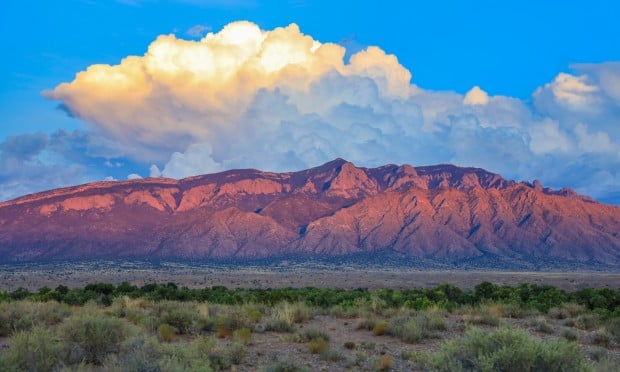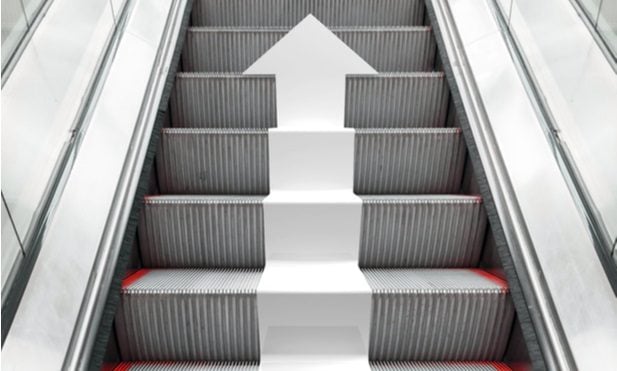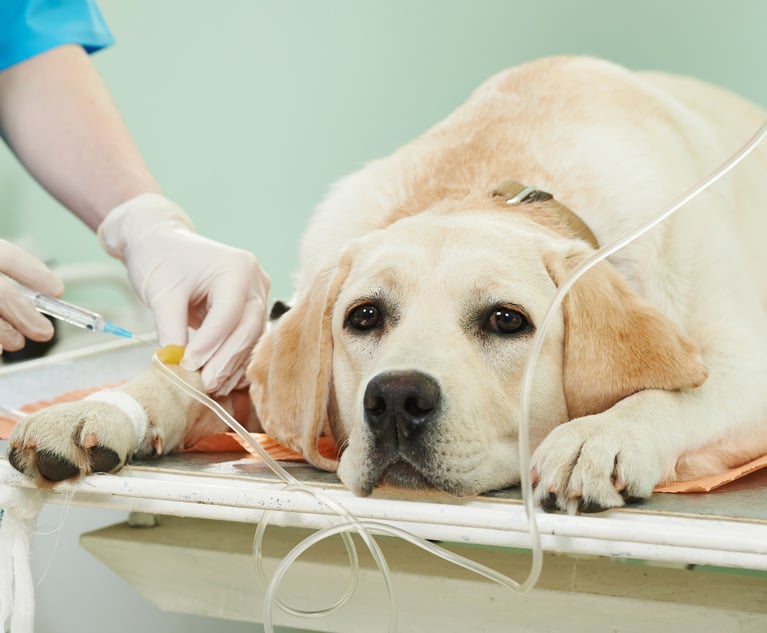On the long commute to a client’s office in northern New Jersey,the traffic was humming, leaving me the freedom to organize mythoughts. As I often did before a meeting, I anticipated objectionsand visualized successful outcomes. A decade intomy career, I had a system that worked and business was booming.
|Life was booming, too. My thoughts kept drifting from work toJennifer, my wife. We’d been married 18 days, and were beginningthis new and exciting life together. As corny as it may sound, Iwas living the American dream. I had worked like crazy to get tothis point, and when a news alert broke on that sunny September morning in 2001, I couldn’t quitecomprehend what I was hearing.
|Fifty-one lives
In 1945, the American dream became a reality for millions. Inthe wake of victory in World War II, American GIs returned home tomarry, start careers, buy homes, and kick off the baby boomgeneration. For American companies, business boomed as well. CantorFitzgerald was one of those companies that capitalized on a surgingeconomy and America’s place as the world’s dominant superpower. Aninvestment bank and brokerage business, Cantor Fitzgerald wouldbecome known for its innovation in computer-based bond brokerageand as the market’s premier dealer of government securities.
|With its ability to adapt to changing technologies and markettrends, Cantor Fitzgerald grew over the decades, becoming one ofthe largest brokerage firms on Wall Street. The company held itscorporate headquarters on the 101st through 105th floors of OneWorld Trade Center (the north tower), and on September 11, 2001,the company suffered the most casualties of any World Trade Centertenant with 658 of its 960 New York employees perishing in theterrorist attacks.
|At 8:46 a.m. that morning, 51 of my individual clients,employees of Cantor Fitzgerald, were on the 104th and 105th floorsof the north tower. On that day I lost 51 friends, 51 people who I’d sat downface-to-face with and listened to their hopes and goals and dreams.I learned about their American dream — what they had doneto get there and how they had planned to keep that intact for theirfamilies. All 51 had individual disability coverage with me and 30of them had individual life insurance policies with me as well.
|When the radio alert broke in and ruined my American dream, likemany, I thought a commuter plane had crashed into the World TradeCenter. With little details at that point, I remember screaming atthe radio, “Please, please, please not the north tower!”
|But it was the north tower. And then, at 9:03 am, a secondplane, United Airlines flight 175 from Boston, would crash into thesouth tower. And, just like that, one bright and sunny morning inSeptember, a morning I would remember initially for its beauty andcalmness, had been ripped apart. The world I would know goingforward would never be the same. The world Jennifer and I wouldraise our family in would never be the same. The families of the 51clients I lost in the attacks would never be the same. I know thatnow, but on 9/11 I wondered if any of them had survived. Like many,I tried to make sense of the devastation and the chaos.
|See also:
|What the annuity industry can learn from9/11
||

The corporate offices of Cantor Fitzgeraldwere located between the 101st and 105th floorsof One World Trade Center. That company suffered morecasualities on Sept. 11, 2001 than any other. (Photo:iStock)
|Twenty-four hours
I spent the rest of that day reaching out to the people closestto me, calling family and friends and worrying about the ones whodidn’t answer their phones. I reached Jennifer fairly quickly andour attention turned to other loved ones. Where was my brand-newbrother in law, Bob? He took a train to Manhattan every day and gotoff at the World Trade Center stop. All morning, Jennifer and Itried to reach him on his cell phone. Thankfully, he finally gotthrough to us at around 2:30 p.m.
|I remember watching the news that afternoon, almost afraid tolook away from the screen before the world changed again, wonderingwas there any way we could help? Late that day, Jennifer and I wentto the local blood bank and found the place filled with people,everyone pulling together, looking for a way to help, looking forsomething to do, something that could make a difference.
|Through it all, I was wondering about and praying for my friendsand clients at Cantor Fitzgerald. Where were they? How were they?Late that night I laid my appointment book on the kitchen table athome to see what I already knew was there. I was exhausted, but hadto look. I had six appointments scheduled for the next day,Wednesday morning, September 12, 2001. All six appointments were onthe 105th floor of the north tower of the World Trade Center.
|Later that night, we talked a lot about how, after only 18 daysof marriage, we had come within 24 hours of my new wife becoming mywidow. Today, when I look at our two beautiful children, Jack andMorgan, I shudder thinking about the possibilities. Just 24hours.
|We plan our lives so carefully, especially in this business, butsometimes it’s just luck — good and bad — and we are left towonder. Sometimes, all we can do is say, “thank you.”
|See also:
|||

Rebirth was slow but steady at "Ground Zero." (Photo:iStock)
|Ground Zero
The next day, away from what people were already calling GroundZero, the world looked the same. But it wasn’t the same. Nothingwas the same. And whatever concrete thoughts I tried to make ofwhat had happened were filled with confusion. I wanted answers, butnot the answer I got.
|On September 12, I took a call from a friend who worked inCantor Fitzgerald’s London office. He’d been on a conference callwith the New York office when the first plane hit. He’d listened onthe line until it went dead and told me what he heard and what someof the horrific things my friends and clients experienced in thosefinal minutes.
|Whatever had remained a mystery until that point was now real —a horrific nightmare. I was in my firm’s office when my managerstopped by and closed the door behind him. For a few minutes, helistened while I cried and tried to tell him what had happened.Finally, he interrupted me.
|“Listen to me, Dave. I’ve been to a lot of funerals and everyoneis sad when it happens too soon. Everyone wants to help. Everyonewants to do something,” he said. “But this is what we do: We arethe people who walk in with the check and say to the grievingwidow, ‘You’re going to be OK. Nothing can ever replace yourspouse, but this will help pay for your future and for yourchildren’s future. This check represents something. And so does thepolicy that brings it to you. It’s a symbol of the love yourpartner had for you and your children.’ Dave, when our clients signon the dotted line, we promise we will take care of their family.Now it’s time for you to take care of those families.”
|The families
I spent most of the next three months hand-delivering checks toyoung widows and attending memorial services. Most of those deathclaims were for men who would never turn 40, and none would see 45.Prior to 9/11, maybe I didn’t really understand the meaning of thework we do, but on September 12, I began to learn and understandmore than I ever wanted to know.
|I saw how the life insurance provided money when it was needed(and needed quickly) by the families so they didn’t have to go tothe Red Cross for money to cover a mortgage payment or to afather-in-law to cover a grandchild’s tuition payment. In thoselast months of 2001, I stood face-to-face with 30 young widows,most of them with at least one young child, and handed out morethan $30 million in life insurance benefits.
|There were 52 children who would never see their parent everagain, 52 children who could know that parent only through memoriesor through stories told by their mothers about how proud dad wouldhave been. I saw $30 million paid in death benefits and I found outit was still not enough. Too much had been lost. But there werestories that kept me going, that kept me certain that the work wedo is for the survivors, for those loved ones left behind.
|See also:
||
Today the Freedom Tower stands as an homage to hope,strength, ingenuity and perseverance. (Photo: iStock)
|The American dream
That sunny day in September changed my life. It changed the wayI do business as well. Prior to 9/11, I would often meet withclients at their place of business. I thought I was doing them afavor by meeting them at work, but in doing so I never met theirspouses.
|Now when I talk with a married client, I insist that I meet withtheir spouse as well. Of the 30 widows I met with after 9/11, veryfew retained my business. I was hurt by that initially, but I can’tblame them. They had never met me until they lost their lovedone.
|I made a promise to myself that I would never let that happenagain, and I would never let a family meeting go by withoutspeaking with conviction about the benefits of life insurance. Ibelieve life insurance is the best investment we can make in thefuture and in the well-being of our families and our children. Andin today’s chaotic world, we are experiencing a great opportunityfor the product.
|Our clients are nervous, scared and confused about theireconomic futures. Some are even paralyzed by fear. They have lostso much money and are now realizing that their retirement dates areaffected. Time with their grandchildren, travel plans and theirlifestyles are possibly changing. And they are angry, frustrated,nervous and demoralized.
|Our clients need us now more than ever. We have a tremendousresponsibility to help them, to guide them, to ease theirfears.
|We talk a lot about the American dream — a spouse, a house, afamily. But there’s another American dream. That’s the Americandream we can provide for our families and for the families of ourclients. That’s the American dream that leaves a legacy for ourloved ones — because the service we provide today will pay hugedividends in their future.
Complete your profile to continue reading and get FREE access to BenefitsPRO, part of your ALM digital membership.
Your access to unlimited BenefitsPRO content isn’t changing.
Once you are an ALM digital member, you’ll receive:
- Critical BenefitsPRO information including cutting edge post-reform success strategies, access to educational webcasts and videos, resources from industry leaders, and informative Newsletters.
- Exclusive discounts on ALM, BenefitsPRO magazine and BenefitsPRO.com events
- Access to other award-winning ALM websites including ThinkAdvisor.com and Law.com
Already have an account? Sign In
© 2024 ALM Global, LLC, All Rights Reserved. Request academic re-use from www.copyright.com. All other uses, submit a request to [email protected]. For more information visit Asset & Logo Licensing.








